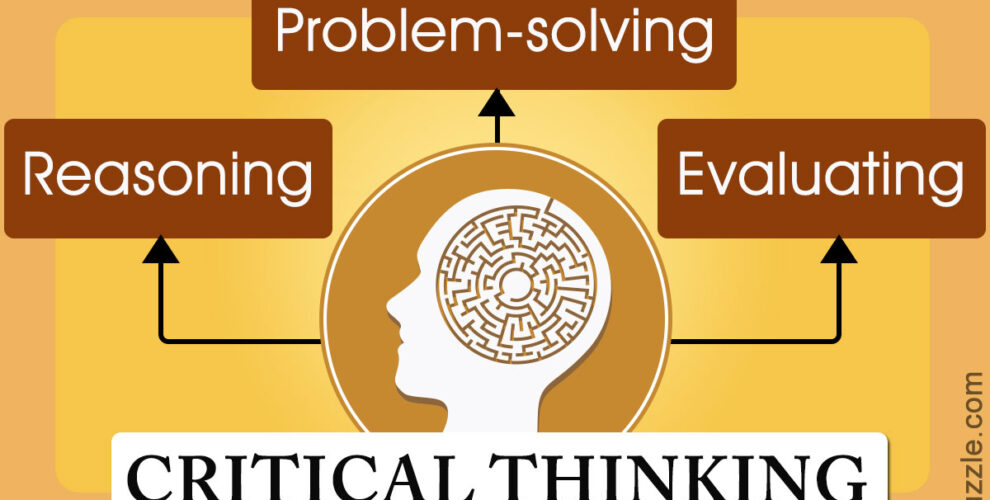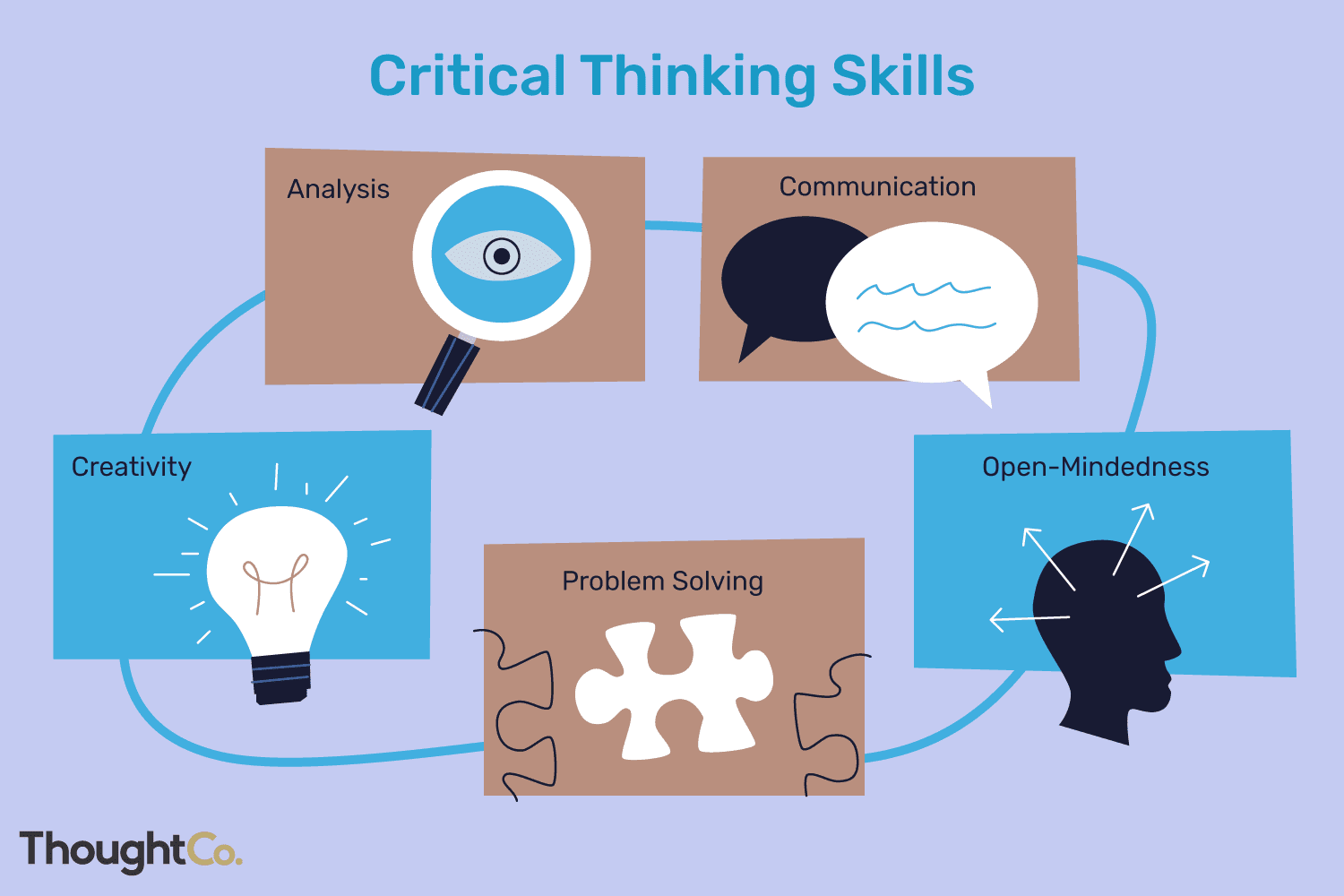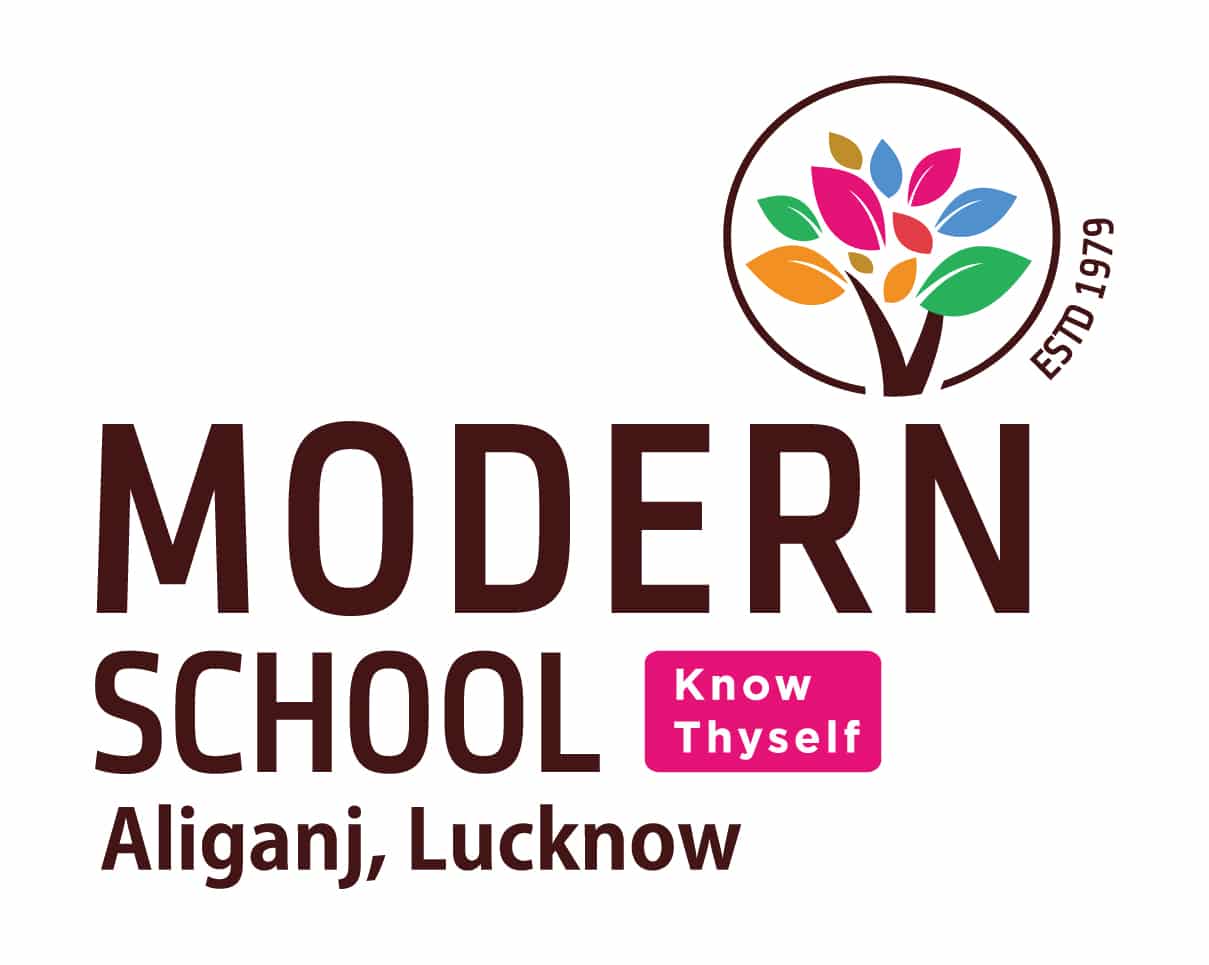How to promote Critical Thinking Skills

Critical thinking is the ability to think clearly and rationally about what to do or what to believe. It includes the ability to engage in reflective and independent thinking. Critical thinking is not a matter of accumulating information. A person with a good memory and who knows a lot of facts is not necessarily good at critical thinking. Critical thinking should not be confused with being argumentative or being critical of other people. Critical thinking can help us acquire knowledge, improve our theories, and strengthen arguments. Critical thinking is quite compatible with thinking “out-of-the-box”, challenging consensus and pursuing less popular approaches.

1. Ask Basic Questions
Sometimes an explanation becomes so complex that the original question gets lost. To avoid this, continually go back to the basic questions you asked when you set out to solve the problem. Here are a few key basic questions you can ask when approaching any problem:
- What do you already know?
- How do you know that?
- What are you trying to prove, disprove, demonstrated, critique, etc.?
- What are you overlooking?
2. The Freedom to Learn
In short, this means to give to the testers what is theirs but give the freedom to think back to our learners.
3. Encourage Project-Based Learning
Solving real-world problems gets kids out of the classroom and into the real world. Again, this is a skill that’s paramount to success in life beyond school.
4. Encourage Collaborative Activities
Bring teamwork and peer collaboration into the mix and you’re sure to engage critical thinking skills. This applies not only in your classroom with other students, but also beyond the classroom walls into broader areas. It can involve the community and all the interesting professionals that are part of it.
5. Teach the 6 Ds of Solution Fluency
Solution Fluency is a process for working through any problem no matter how big or small. Essentially, it’s what you do when you don’t know what to do. It doesn’t matter if you’re writing a shopping list or redesigning the universe; the 6Ds are foolproof and fail-safe. They’re also the perfect system for developing critical thinking skills.
The 6D process is as follows:
- Define the driving question – Ask questions to clarify, focus and understand what the problem is.
- Discover all aspects of the problem – What’s being done currently? What exactly is the nature of the problem?
- Dream the solution – Brainstorm directions to approach the solution. Imagine the problem solved in the best way, no matter how seemingly impossible some of the solutions may be, and think without borders.
- Design the solution – Create a blueprint of the ideas and workshop them thoroughly.
- Deliver the goods – Put the solution to work in a practical application. Generate the product and test it out against the problem.
- Debrief- Review the process and look realistically on the product or solution.
6. Make a Mess
Messy learning is unguided and encourages learners to draw conclusions on their own. It also requires support from the teacher in the form of structure, templates, guiding questions, scaffolded skills, and the like. Nevertheless, it is the honoring of the critical thinking process of which teachers need be aware.
